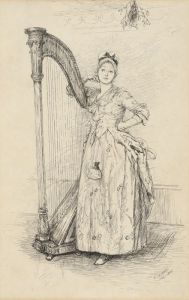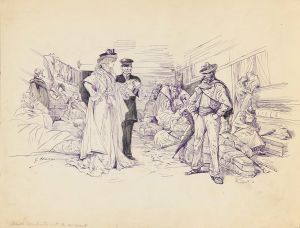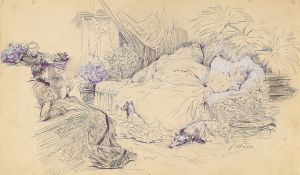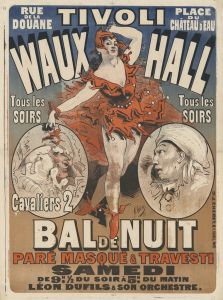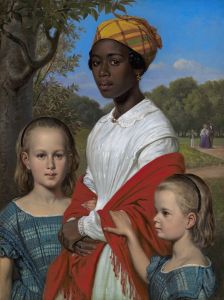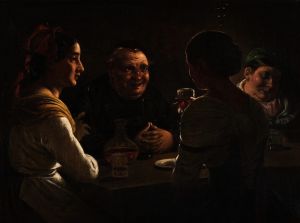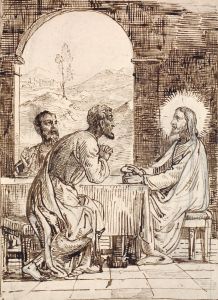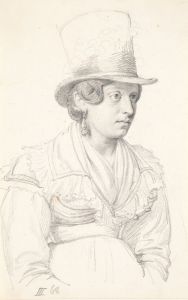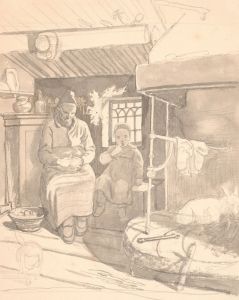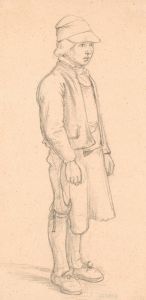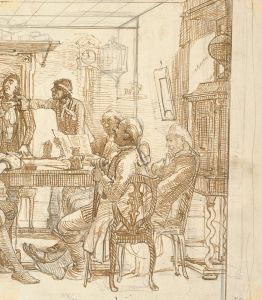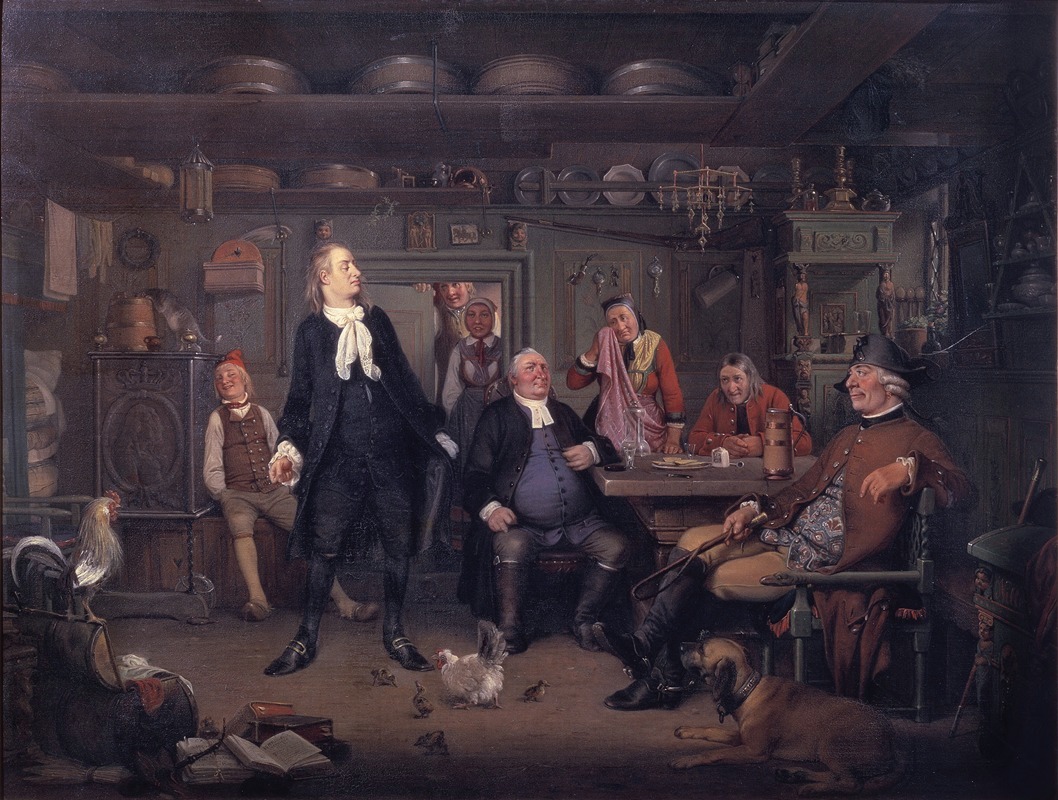
Fra Ludvig Holbergs ‘Erasmus Montanus’, III akt, 3. scene
A hand-painted replica of Wilhelm Marstrand’s masterpiece Fra Ludvig Holbergs ‘Erasmus Montanus’, III akt, 3. scene, meticulously crafted by professional artists to capture the true essence of the original. Each piece is created with museum-quality canvas and rare mineral pigments, carefully painted by experienced artists with delicate brushstrokes and rich, layered colors to perfectly recreate the texture of the original artwork. Unlike machine-printed reproductions, this hand-painted version brings the painting to life, infused with the artist’s emotions and skill in every stroke. Whether for personal collection or home decoration, it instantly elevates the artistic atmosphere of any space.
Wilhelm Marstrand's painting Fra Ludvig Holbergs ‘Erasmus Montanus’, III akt, 3. scene is a work that illustrates a scene from Ludvig Holberg's satirical comedy Erasmus Montanus. Holberg, a prominent Danish-Norwegian playwright, wrote the play in 1722, and it remains one of his most celebrated works. The play is a critique of academic arrogance and social pretensions, centering on the character Rasmus Berg, who adopts the Latinized name Erasmus Montanus after studying at the university. Upon returning to his rural village, he alienates his family and community with his condescending attitude and insistence on intellectual superiority.
Marstrand, a Danish painter known for his narrative and genre scenes, created this painting in the 19th century. The artwork captures a pivotal moment from Act III, Scene 3, where Erasmus Montanus is confronted by the villagers and forced to reconcile his academic ideals with the practical realities of rural life. The scene is both humorous and critical, reflecting Holberg's sharp wit and Marstrand's ability to convey complex emotions through his art.
The painting is notable for its detailed depiction of the characters and their expressions, which vividly convey the tension and absurdity of the situation. Marstrand's use of light and composition draws the viewer's attention to the central conflict, emphasizing the clash between Erasmus Montanus and the villagers. The work is an example of Marstrand's skill in translating literary themes into visual art, a hallmark of his career.
Wilhelm Marstrand (1810–1873) was a leading figure in the Danish Golden Age of painting. He studied at the Royal Danish Academy of Fine Arts and later traveled extensively in Europe, particularly in Italy, where he was influenced by the works of the Old Masters. Marstrand's oeuvre includes portraits, historical paintings, and illustrations of literary works, with a particular focus on capturing human emotion and interaction.
The painting is part of the collection of the Statens Museum for Kunst (National Gallery of Denmark) in Copenhagen. It is considered an important example of 19th-century Danish art and a testament to the enduring legacy of Holberg's play. Through this work, Marstrand not only pays homage to Holberg's literary genius but also provides a visual interpretation that enhances the understanding of the play's themes and characters.





